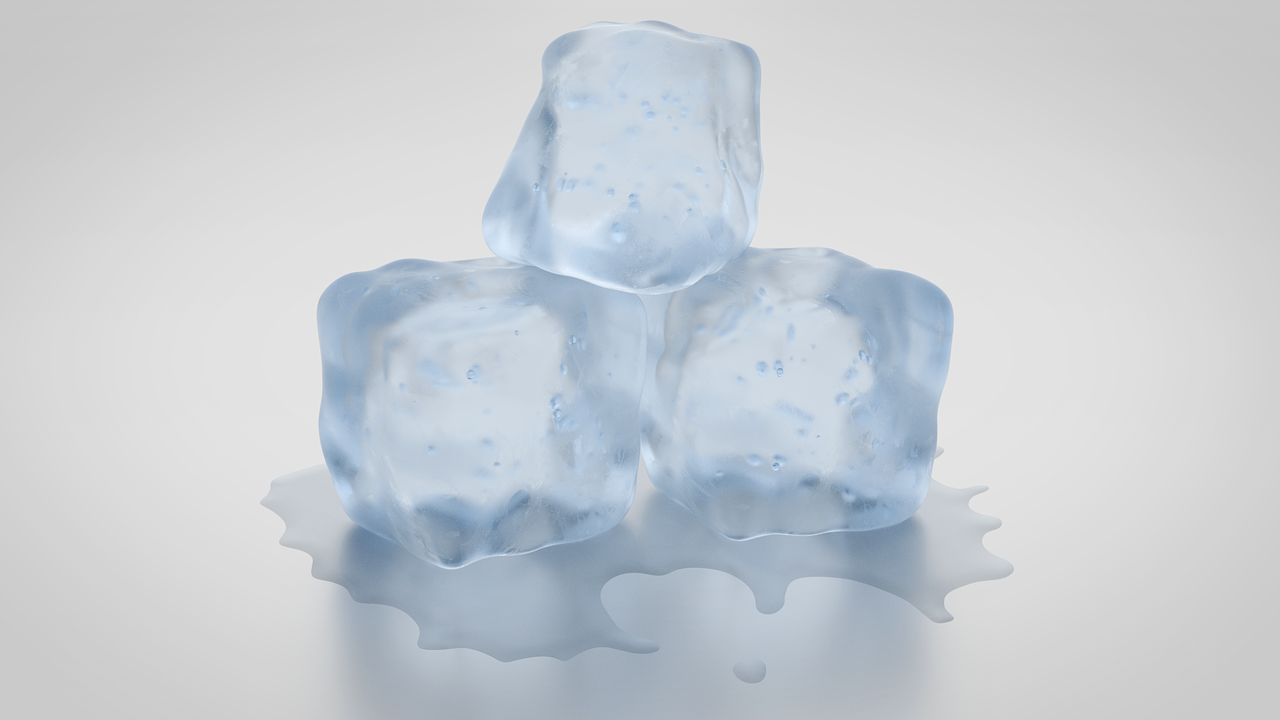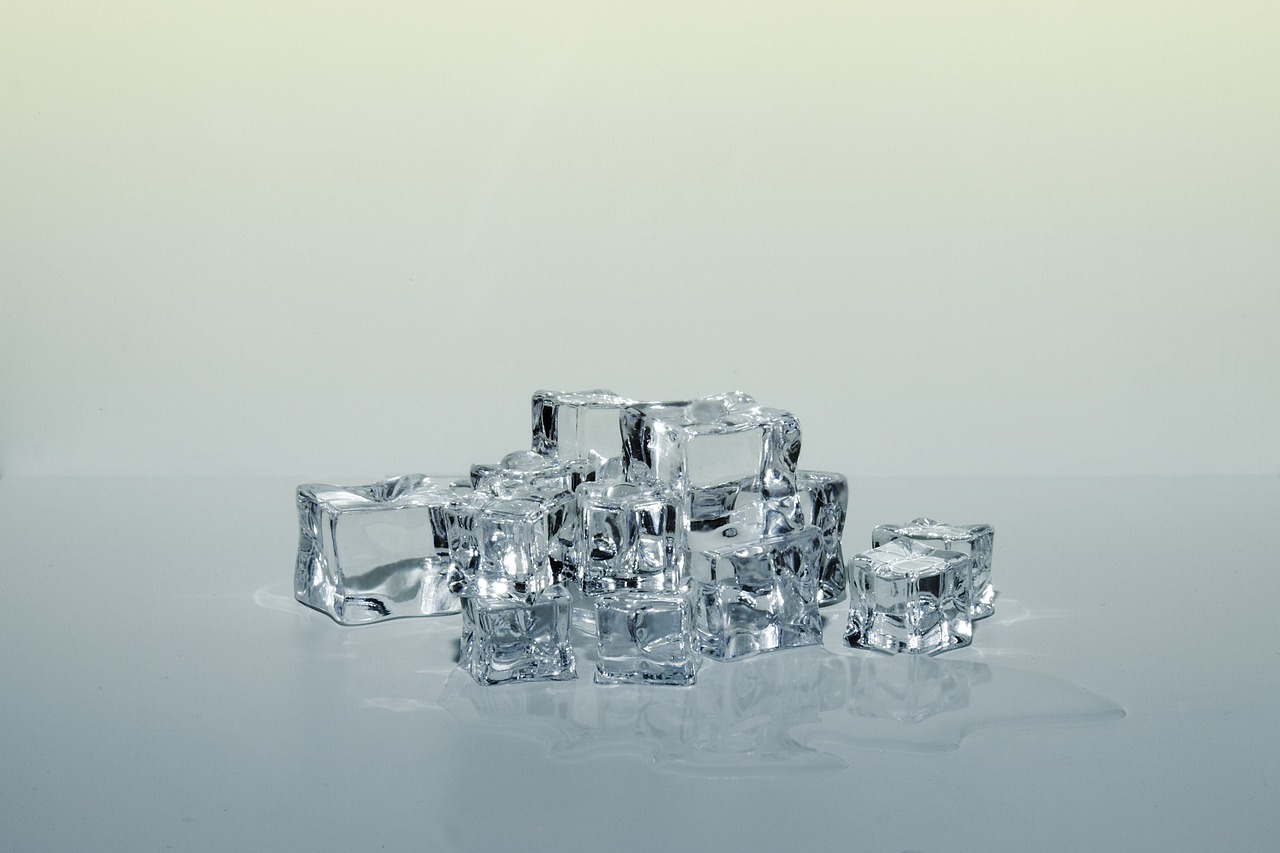Gas stovetops are a staple in many households, offering efficient and precise cooking capabilities. However, with the convenience of gas cooking comes the potential risk of gas leaks. Gas leaks can pose serious safety hazards, including the risk of fire, explosions, and carbon monoxide poisoning. Therefore, it is crucial to know how to identify and handle gas leaks safely. This comprehensive guide will provide you with everything you need to know about gas leaks, including how to detect them, safety precautions to take, and steps to handle gas leaks effectively.

Understanding Gas Leaks
Gas leaks occur when natural gas, which is used as a fuel source for gas stovetops, escapes from the gas lines or connections. Natural gas is odorless and colorless in its natural state, so an odorant called mercaptan is added to give it a distinct rotten egg smell. This odorant helps to detect gas leaks easily, even in small concentrations.
Causes of Gas Leaks
Gas leaks can occur for various reasons, including:
- Faulty Connections: Loose or damaged connections between the gas supply line and the stovetop can lead to leaks.
- Worn Seals: Over time, seals, hoses, or valves within the stovetop can deteriorate, leading to leaks.
- Physical Damage: Accidental damage to the stovetop or gas line, such as dents or punctures, can cause leaks.
- Improper Installation: Incorrect installation of the gas line or stovetop can result in leaks.
Signs of a Gas Leak
Identifying the signs of a gas leak early is crucial for preventing accidents and ensuring the safety of occupants. Common signs of a gas leak include:
- Rotten Egg Odor: The most common sign of a gas leak is the distinct odor of rotten eggs. If you smell this odor in your kitchen, it is essential to act immediately.
- Hissing or Whistling Sounds: Gas leaks may produce hissing or whistling sounds near the stovetop or gas line.
- Visible Damage: Inspect the stovetop and surrounding area for signs of physical damage, such as dents, cracks, or punctures, which could indicate a leak.
- Dead Houseplants: Natural gas is harmful to plants. If your houseplants suddenly wilt or die without any apparent cause, it could indicate a gas leak.
Safety Precautions
Handling gas leaks requires caution and adherence to safety protocols to minimize the risk of accidents. Follow these safety precautions if you suspect a gas leak:
Evacuate Immediately
If you detect the odor of gas or suspect a leak, evacuate the premises immediately. Do not attempt to locate the source of the leak or turn off the gas supply. Leave the building and move to a safe location outdoors.
Avoid Flames and Sparks
Avoid using anything that could create sparks or flames, including light switches, matches, lighters, and electronic devices. Even a small spark could ignite the gas and cause an explosion.
Do Not Use Electrical Appliances
Do not use any electrical appliances, including stovetops, ovens, or lights, as they could generate sparks that ignite the gas. Unplug any electrical devices and avoid turning on light switches.
Open Windows and Doors
As you evacuate, open windows and doors to ventilate the area and allow the gas to dissipate safely. This helps prevent the accumulation of gas and reduces the risk of ignition.
Do Not Smoke
Do not smoke or use tobacco products near the suspected gas leak. Smoking increases the risk of igniting the gas and causing a fire or explosion.
Call Emergency Services
Once you are safely outside, call your local gas utility provider or emergency services to report the leak. Provide them with your address and a description of the situation. Emergency responders will assess the situation and take appropriate action to secure the area.
Do Not Return Inside
Do not re-enter the building until emergency responders have deemed it safe to do so. They will conduct a thorough inspection to ensure the gas leak has been addressed and the area is safe for occupancy.
Steps to Handle Gas Leaks Safely
In addition to the safety precautions mentioned above, follow these steps to handle gas leaks safely:
Turn Off the Gas Supply
If it is safe to do so and you are trained to handle gas appliances, locate the gas shut-off valve and turn off the gas supply to the stovetop. The shut-off valve is typically located on the gas line near the stovetop or in a utility room.
Ventilate the Area
Once the gas supply is turned off, continue to ventilate the area by opening windows and doors. This helps to remove any remaining gas and prevents it from accumulating indoors.
Avoid Ignition Sources
Ensure that all potential ignition sources, such as pilot lights, candles, and appliances, are turned off. Do not use any electrical devices until the area has been deemed safe by emergency responders.
Wait for Professional Assistance
Do not attempt to repair the gas leak yourself. Wait for trained professionals, such as gas utility technicians or licensed plumbers, to assess and repair the leak. Attempting to repair the leak without proper training and equipment can be dangerous and may result in further damage or injury.
Follow Up with Inspections
After the gas leak has been repaired, follow up with regular inspections to ensure the integrity of the gas line and stovetop components. Schedule annual maintenance checks with a qualified technician to detect any potential issues early and prevent future leaks.
Preventive Measures
Preventing gas leaks is essential for maintaining the safety of your kitchen and household. Take the following preventive measures to minimize the risk of gas leaks:
Schedule Regular Inspections
Schedule annual inspections of your gas appliances, including the stovetop, by a qualified technician. They can check for leaks, corrosion, and other issues that may compromise safety.
Install Carbon Monoxide Detectors
Carbon monoxide (CO) is a colorless, odorless gas produced by incomplete combustion of natural gas. Install carbon monoxide detectors in your home to alert you to the presence of CO, which can indicate a gas leak or other combustion issues.
Check Gas Connections Regularly
Inspect the gas connections to your stovetop periodically for signs of wear, damage, or leaks. Tighten loose connections and replace damaged hoses or seals promptly.
Practice Safe Cooking Habits
Follow safe cooking practices to minimize the risk of gas leaks and other kitchen accidents. Avoid leaving pots and pans unattended on the stove, and never use the stovetop for heating your home or other purposes.
Store Flammable Materials Safely
Store flammable materials, such as cleaning solvents, aerosol sprays, and paint thinner, away from the stovetop and gas line. These materials can ignite if exposed to a gas leak or open flame.
Educate Household Members
Ensure that all household members are aware of the signs of a gas leak and know how to respond safely in an emergency. Teach children how to recognize the smell of gas and what actions to take if they suspect a leak.
Use Professional Installation Services
When installing or replacing gas appliances, such as stovetops, rely on professional installation services to ensure proper installation and minimize the risk of leaks.
Conclusion
Gas leaks are serious safety hazards that require immediate attention and proper handling to prevent accidents and ensure the safety of occupants. By understanding the causes and signs of gas leaks, as well as following safety precautions and handling procedures outlined in this guide, you can effectively address gas leaks and minimize the associated risks.
Remember, safety should always be the top priority when dealing with gas leaks. If you suspect a gas leak, evacuate the premises immediately, avoid flames or sparks, and contact emergency services for assistance. Never attempt to repair a gas leak yourself unless you are trained and equipped to do so safely.
Regular maintenance and inspections of gas appliances, such as stovetops, can help prevent gas leaks from occurring. By scheduling annual checks with qualified technicians and installing carbon monoxide detectors in your home, you can detect and address potential issues before they escalate into emergencies.
By following the preventive measures outlined in this guide and staying vigilant for signs of gas leaks, you can ensure the continued safety and functionality of your gas stovetop and household. Stay informed, stay safe, and take proactive steps to protect yourself and your loved ones from the dangers of gas leaks.
Zuta Appliance Repair: Revitalizing Berkeley Kitchens with Premier Stovetop Repair Services
In the bustling atmosphere of Berkeley, CA, where the fast pace of life demands reliability, Zuta Appliance Repair is your essential partner for a smoothly running kitchen. We understand the vital role your stovetop plays in preparing meals and optimizing cooking efficiency. Dedicated to exceptional stovetop maintenance and repair services, we provide more than just a service – we offer a commitment to quality, integrity, and environmental responsibility, enhancing your home’s functionality and your overall quality of life. Our specialized repair services rejuvenate your appliance, extend its lifespan, and reduce energy bills.
Solve a wide range of stovetop issues with Zuta Appliance Repair. Our skilled team, equipped with expertise and a friendly demeanor, ensures your stovetop needs are met with efficient and eco-friendly solutions. This isn’t just about repairs; it’s about peace of mind with a perfectly functioning kitchen, making Zuta Appliance Repair an essential choice for every Berkeley homeowner. Enhance your kitchen’s efficiency and protect your home from premature wear and tear. Contact us at (415) 592-4633 and let Zuta Appliance Repair extend the life of your stovetop, ensuring it remains a central part of your daily life with convenience, efficiency, and peace of mind.
Disclaimer
The materials available on this website are for informational and entertainment purposes only and not to provide legal or professional advice. You should contact your attorney or home improvement specialist to obtain advice concerning any particular issue or problem. You should not act or refrain from acting based on any content included in this site without seeking legal or other professional advice. The information presented on this website may not reflect the most current home improvement developments. No action should be taken in reliance on the information on this website. We disclaim all liability concerning actions taken or not taken based on any or all of the contents of this site to the fullest extent permitted by law.






